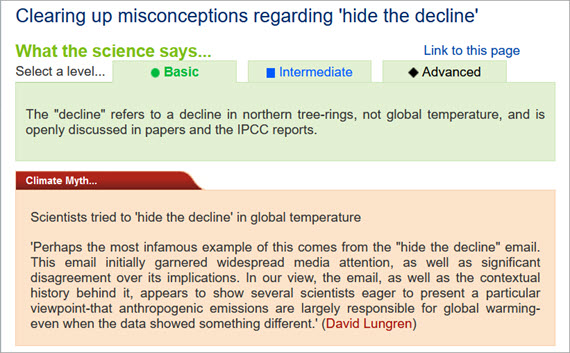Polymers, Vol. 16, Pages 1089: Mechanical Behaviour of As-Manufactured and Repaired Aligned Discontinuous Basalt Fibre-Reinforced Vitrimer Composites
Polymers doi: 10.3390/polym16081089
Authors: Leon L. Messmer Ali Kandemir Burak Ogun Yavuz Marco L. Longana Ian Hamerton
The aim of this research is to investigate basalt as a natural mineral-based fibre together with a vitrimeric resin as a sustainable alternative to standard composite materials. Vitrimers combine the properties of thermoset and thermoplastic polymers, enabling the repair of specimens and hence prolonging the lifetime of the composite material. The micro-mechanical characteristics between the basalt fibres and the vitrimer resin are reported and shown to match those of a standard Skyflex K51 epoxy resin. Discontinuous (4 mm) basalt fibres were employed to produce aligned discontinuous fibre-reinforced composites (ADFRCs) using the high-performance discontinuous fibre (HiPerDiF) technology. The mechanical characteristics of the laminates were investigated through tensile testing and the fracture zones were analysed under a scanning electron microscope. By normalising the results by their respective fibre volume fraction, it was discovered that the vitrimer–basalt ADFRCs exhibited, on average, a 4% higher strength and a 25% higher stiffness compared to their basalt epoxy counterparts. The repair potential of the vitrimer ADFRC specimens was explored during low-temperature compression repair. Two approaches were tested using double-sided local- and full-patch repair. Both successfully recovered a significant amount of their prime strength. In conclusion, the potential of the sustainable vitrimer–basalt composite is shown by its competitive mechanical performance. Combining this with the manufacturing flexibility, repair potential, and recyclability of the material, the vitrimer–basalt composite seems to be a competitive alternative to standard glass epoxies.

 2 weeks ago
19
2 weeks ago
19


